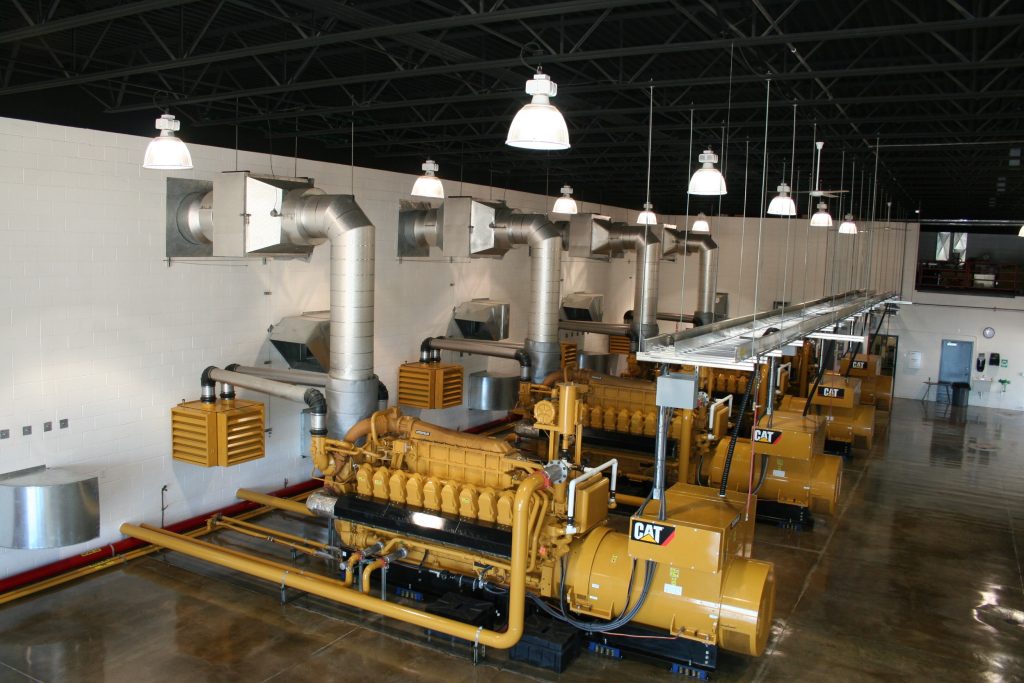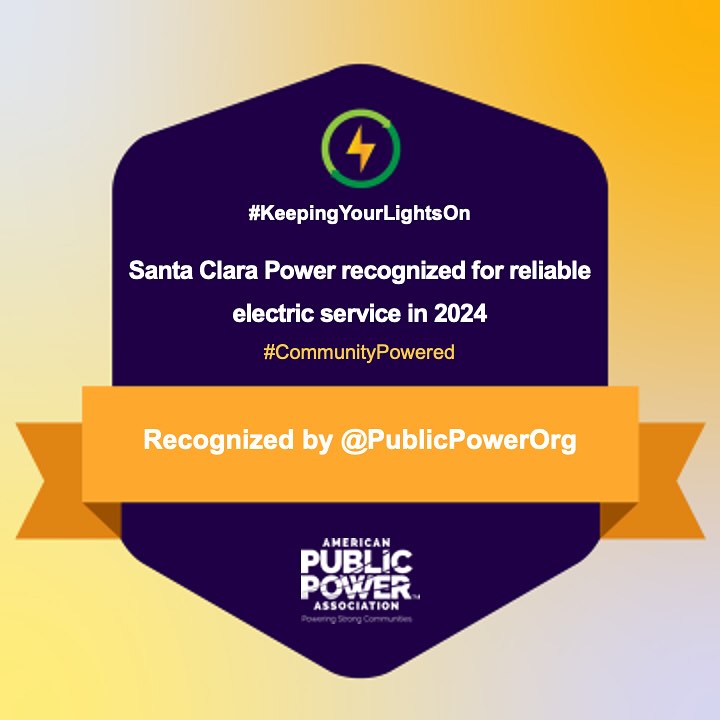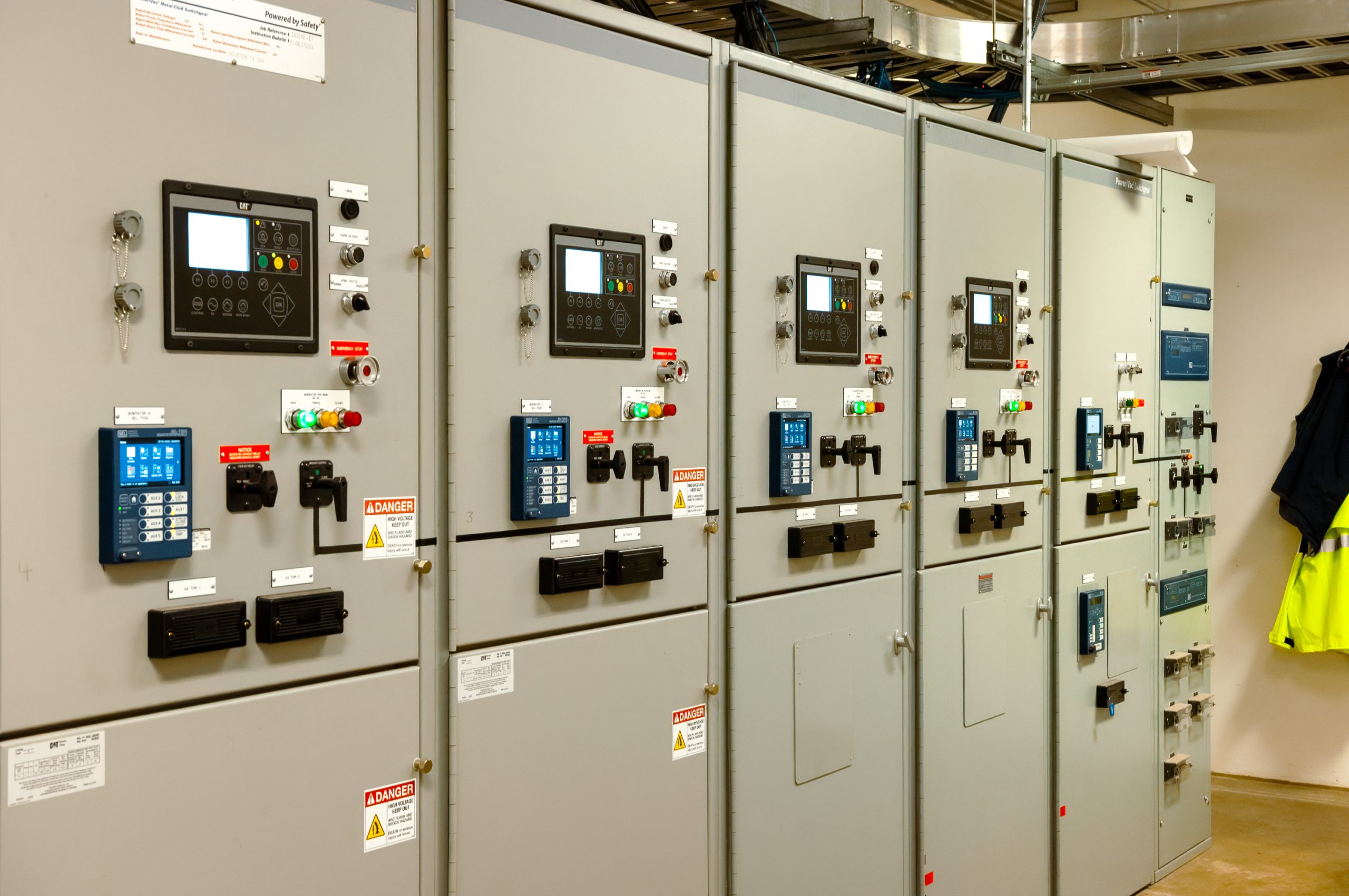Power
Mission Statement
It is the mission of Santa Clara City Power to give the highest quality customer service while providing safe, reliable, efficient, and environmentally responsible power to the citizens of Santa Clara
Vision Statement
Santa Clara City Power has a vision to offer exceptional service to all customers using progressive technology, while remaining respectful of resources, finances, employees, and the community
Meet the Director: Gary Hall
Gary Hall was born and raised in Pleasant Grove, Utah, and moved to Washington County in 1993, where he began working in a welding and fabrication shop alongside his brother. In 1998, he joined Santa Clara City’s Power Department as a groundman, and after completing the 4-year apprenticeship he became a journeyman lineman. Through dedication and hard work, Gary advanced through the ranks and served as Power Superintendent for approximately 11 years before being promoted to Power Director in 2021 following the retirement of his predecessor. With over 27 years of service to Santa Clara City, Gary is deeply committed to the community and takes great pride in providing reliable service to its residents. He is passionate about fostering a culture of excellence and customer service within the Power Department.
Outside of work, Gary enjoys a wide range of outdoor activities including hiking, hunting, fishing, kayaking, scuba diving, and skiing. Above all, he values time with his family. He and his wife of 25 years have five children, one of whom is married and has given them their first grandchild. Gary considers it an honor to serve the residents of Santa Clara and remains dedicated to the continued growth and reliability of the city’s power services.

Power News
Power Documents
| Title | Categories | Link | hf:doc_categories |
|---|---|---|---|
| 2025 Electric Rates | Power | power | |
| Solar Net Metering Packet | Building, Power | building power | |
| Power Impact Fee Plan | Power | power | |
| Solar Net Metering Explained | Power | power | |
| Capital Facility Plan, Impact Fee Facility Plan & Impact Fee Study | Power | power | |
| Electrical Connection Fees & Line Extension Policy | Power | power |
⚡ Facility Power
CC: 92.70 kWh
HB: 155.40 kWh
HGH: 2,555.00 kWh
NB: 2,627.30 kWh
SA: 228.10 kWh
VY: 224.50 kWh
📊 PCA Summary
Month: September 2025
Effective PCA: $0.00923
Total Load: 8,170,057 kWh
Total Cost: $623,224.30
Power Cost Adjustment
On your utility bill, you will now notice a separate line item- “Power Cost Adjustment”. The City Council recently approved the PCA as a tool that has been implemented to protect both the customer and the city from fluctuating power supply costs. If power supply costs increase or decrease, the customer’s bill will be adjusted accordingly. This adjustment is listed as a separate line item on each City of Santa Clara utility bill. The adjustment will be based on a rolling six-month average and implemented monthly.
In recent years, power supply costs have fluctuated very rapidly and unpredictably. Because of this, it is critical that the city makes sure costs are recovered. The city does not make any revenue from the PCA, it is a pass-through cost. It is important to realize that the PCA changes from month to month, and this is not due to a change in our electric rates, but due to the changing costs of the power supply. Without the implementation of the PCA, rates would need to be changed constantly to reflect the actual cost of power.
The PCA is calculated using the most recent six months of actual power costs and applied to each customer following utility billed energy (kWh) or a two-month delay from when the cost occurred to when billed. The PCA will apply to all Santa Clara electric rate schedules, except non-metered and special contract rates.

Fort Clara Power Generation Station
Santa Clara Power generates electricity internally at our Fort Clara Power Station. Established in 2006, this 10,800-square-foot facility initially operated with two two-megawatt generators. Since 2022, we have expanded our capacity with the installation of two more generators, bringing the total count to four and increasing our total capacity to nine megawatts. Utilizing natural gas to power these generators enables us to maintain cost-effectiveness while keeping emission levels low. With ample space available, our facility has the potential for further expansion to accommodate two more generators for a total of six, ensuring our ability to meet the evolving energy demands of our community. The power station is financed through a 20-year term tax-exempt bond and impact fees. There will be no increase in power rates to cover the construction or operational costs of the facility.
Peak-Time Power Assurance: The primary purpose of our generators is to ensure adequate power supply and mitigating costs during peak periods, particularly in the summer months. As demand for power surges during hot weather, both residential and commercial customers rely heavily on air conditioning systems, resulting in increased electricity consumption.
Emergencies/City-wide Blackout: The generation station serves as lifeline during emergencies, including city-wide blackouts. In such situations, our generators can provide essential power, maintaining crucial services like emergency operations at healthcare facilities. This ensures the safety and well-being of our community, even in the face of unforeseen events.
Cost-Efficiency and Revenue Generation: Investing in our generation station not only results in
significant cost savings by reducing dependence on costly power purchases from the open market but also presents an opportunity for revenue generation through surplus power sales. This strategic approach enables us to provide sustainable and affordable energy solutions to our valued customers.
Our generators are not designed for routine power outages. Starting them isn’t quick or simple — before we can bring them online, we must first isolate our system from the main power grid. This is a complex, time-consuming process. Once we disconnect from the grid, we start the generators and carefully add electrical load in stages. After the outage ends, we must reverse the process: shut the generators down, cause a brief second outage, and reconnect to the grid. Altogether, this start-to-finish process takes about 4 to 5 hours. Because of this, if the outage is expected to last less than 5 hours, it’s more efficient to wait for grid power to return rather than start the generators. Our total generation capacity is 9 megawatts, but summer peak demand reaches 20 megawatts. That means we can’t power the entire city at once. During extended outages, we prioritize keeping commercial areas energized, while residential areas would experience rolling blackouts — receiving power for about one hour at a time before rotating to the next area. We also must be cautious when adding load to the system. If too much is added too quickly, the generators could trip offline, and we’d have to start the whole process over. In short, unless an outage is expected to last longer than 5 hours, starting the generators is not practical or efficient.

Solar Power & Net Metering
Click here to download the Solar Power & Net Metering Packet.
The customer uses energy produced from their solar panels – Your home first draws electricity directly from your solar system to power your lights, appliances, and other electrical needs.
If they produce more energy than what the home needs, the excess energy is fed into the utility – When your solar panels generate more electricity than you’re using, that surplus power automatically flows back into Santa Clara City’s electrical grid through your meter connection.
Santa Clara City provides power to the customer when needed – During times when your solar panels aren’t producing enough energy (such as at night, during cloudy weather, or when your usage is high), the city supplies the additional electricity you need from the grid.
The customer is billed off the net usage – At the end of each billing period, you’re charged based on the difference between what you used from the city and the energy you fed into the utility. This “net” calculation can significantly reduce your electric bill.
The Solar Reliability Charge (SRC) is a monthly fee applied to solar customers based on the kilowatt (kW) capacity of their installed solar system. This charge is currently set at $2.05 per kilowatt of installed solar capacity.
Why it exists:
- An Avoided Cost Study completed in December 2015 determined that there is a cost to Santa Clara Utility for serving solar customers
- The study found that Santa Clara needs to collect $4.05 per kilowatt installed to cover distribution system costs
- City staff and council reduced this charge to $2.05 per kilowatt to make solar installation more economically feasible for customers
How it’s calculated:
- The charge reflects the cost of providing full electrical service to meet the complete demand of net-metered customers
- It’s based on your system’s capacity (kW), not actual energy production
- For example, a 5 kW solar system would incur a monthly SRC of $10.25 (5 kW × $2.05)
This charge ensures that solar customers contribute fairly to maintaining the electrical grid infrastructure they depend on while still making solar economically attractive.
Santa Clara’s solar billing includes three main components that apply to all solar customers:
1. Base Rate (Customer Service Charge):
- Solar customers pay the same customer service charge as other customers in their rate class
- This covers basic service costs regardless of energy usage
2. Net Energy Usage – Two Scenarios:
- If you use more energy than you produce: You’re billed for the net kWh usage at the same rates as other customers in your rate class
- If you produce more energy than you use: You receive credit for excess energy at the Renewable Power Rate of $0.04 per kWh (4 cents per kilowatt-hour)
3. Solar Reliability Charge:
- Monthly charge of $2.05 per kilowatt of installed solar system capacity
- Applied regardless of actual energy production or usage
- Covers the utility’s cost of providing full electrical service to solar customers
Example Monthly Bill: For a customer with a 6 kW solar system who used 50 kWh net energy:
- Base Rate: (varies by rate class)
- Net Usage: 50 kWh × applicable rate
- Solar Reliability Charge: 6 kW × $2.05 = $12.30
This structure ensures fair cost recovery while providing substantial savings opportunities for solar customers.


City Hall Hours
Monday – Thursday:
8:00am – 5:00pm
Friday:
8:00am – 1:00pm
Justice Court Hours
Monday – Thursday:
8:00am – 5:00pm
Friday:
8:00am – 11:00am
After Hours Emergency
Please call the main line at 435-673-6712.
The after hours service will collect the necessary information and contact the proper department’s
on-call person.










